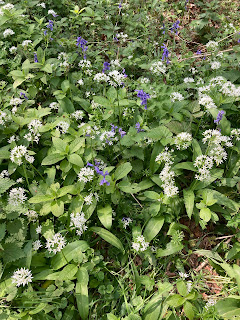Cormorant
Cormorants (Phalacrocorax carbo) have dark feathers with a metallic blue-green sheen and a hooked beak adapted for catching fish. They have an eerie deep green eye, which, unusually, they can rotate. Unlike other birds, their feathers are not coated in protective, waterproof oils, which is why they are often seen standing with wings outstretched to dry off (an impressive sight as they have a wingspan of 130-160 cm). Cormorants weigh over 2 kg and can live over 20 years.
The UK hosts internationally-important numbers of Cormorants, with approximately 9000 breeding pairs and over 40,000 wintering birds.
The UK population is made up of 2 subspecies. Phalacrocorax carbo carbo is mostly found in coastal areas, and Phalacrocorax carbo sinesis colonised from continental Europe and is found at inland water bodies, so is likely the subspecies you can spot at UEA.
Cormorants are known by different names across the UK: 'Mulfran' in Welsh, 'Sgarbh' in Gaelic, and 'Broigheall' in Irish.
All photos/ videos are my own. For more information/ references please visit:
Cormorant Bird Facts | Phalacrocorax Carbo (rspb.org.uk)
Phalacrocorax carbo : Cormorant | NBN Atlas




Comments
Post a Comment